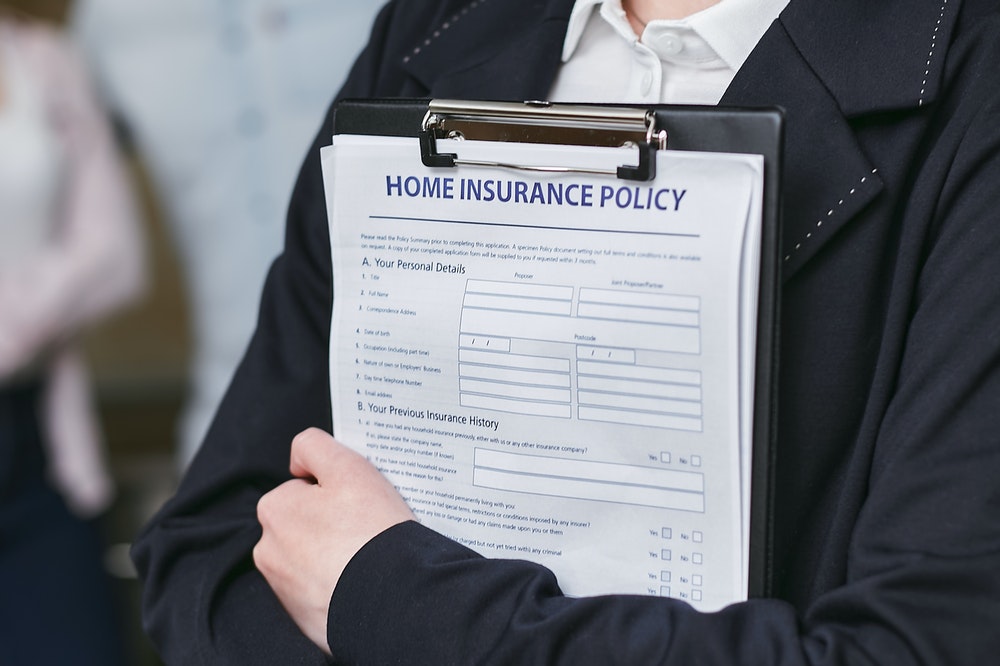If there’s one thing Florida residents are familiar with, it’s crazy weather. Aside from hot, humid days nearly year-round, certain parts of our state can be hit with fierce wind and rain at unpredictable moments. And to top it all off, we’re prone to dozens of hurricanes coming in off the Atlantic Ocean or Gulf of Mexico spanning June through November. That’s six months out of every year when the weather keeps us (and our home insurance plans) on our toes.
And just when you might think you’ve prepared your home and your home insurance coverage policy for Florida’s temperamental weather as best you can, a new player may now be coming onto the scene with more frequency: Tornadoes. While tornadoes are a much more common occurrence in the Rockies, Great Plains, and the Midwest area of the United States, they have also been known to make landfall in the South, and are beginning to do so with more frequency.
Just as it goes with having the right home insurance policy to protect you and your family from hurricanes, it could be wise to consider adding coverage that protects you from tornadoes too.
How Tornadoes Can Damage Homes
It comes as no surprise that a tornado has the potential to wreak massive havoc on a home (or other type of property) and its surrounding structures or landscaping. Tornadoes are formed from the energy released during a thunderstorm, and result in a violent, rotating column of air that extends from the storm to the ground below. And while that fast-moving wind can be dangerous, what really makes this natural phenomenon deadly and destructive is when the wind gathers up debris to take along with it. The column clobbers structures with wind speeds that have sometimes reached 300 miles per hour, making it capable of destroying almost anything in its path.
When it comes to your home, the most obvious way a tornado is going to cause damage is if it rips directly through your walls, tearing down part or all of your home and surrounding property. The flying debris trapped within it can shatter wood and glass and even rip up asphalt pavement. But beyond creating dangerous conditions directly caused by compromising the structure of your home, tornado damage has shown it can be even further reaching than you might initially assume.
Tornadoes are often accompanied by heavy rainfall, which means they could also cause flood damage to your home. Though many Florida insurance policies typically have flooding protection in place—due to the fact that hurricanes bring heavy rain as well—flooding can also occur if a hurricane destroys the plumbing structure of your home or the surrounding neighborhood.
What Kind of Insurance to Consider for Tornadoes
Aside from physical damage, one of the biggest risks you face in the case of a tornado is if your home is underinsured. If you don’t have the right kind of coverage as well as the right amount of coverage, you could be left completely displaced from a damaged or destroyed home that you can’t move back into and don’t have the means to repair to a point that would allow for that to happen. That means you and your family could be left homeless or spending money you might not have on finding a new temporary or permanent residence.
Just as it is with coverage that protects you from a hurricane, it’s rare that any type of insurance plan would include “tornado coverage” as a blanket offering. Instead, you should expect to build a plan with all the right parts put together. Consider all the damage that a tornado can do, and then explore insurance plans that cover said damages accordingly. In the case of a tornado, wind damage is going to be one of the most critical pieces of your plan to pay attention to, because that’s where the most significant amount of tornado damage comes from. So you’ll likely want to make sure your policy doesn’t exclude or limit windstorm damage in any way. But as mentioned, comprehensive flood damage is key to obtain as well.
It’s also important to make sure you have coverage not just for the structure of your home, but for any belongings inside and outside of it as well. This can include any cars, furniture, electronics, heirlooms, or other types of valuables. If these items are damaged or destroyed, you may be compensated for their designated monetary value. Also be sure that your additional living expenses (ALE) coverage is sufficient to fulfill your family’s needs should you be unable to live in your home while repairs are being made to it.
How to Prepare for a Tornado
Though some tornadoes have been known pop up unexpectedly and without ample warning, the good news is that they are largely predictable or foreseeable, and most often occur during the spring season. This being the case, there are periods of time that should allow you to adjust your homeowner’s insurance plan as needed. But more importantly, if a dangerous tornado is predicted to touch down in your area, you should have enough time to prep your home as best you can and make plans to vacate you and your family to a safe area to wait it out.
Prepping your home to combat a tornado can be much the same as prepping it to face a hurricane. Make sure to move any outdoor items indoors, or fasten them down securely. This includes items like outdoor furniture, garden tools, pool items, and toys. If you have hurricane shutters that protect against fierce winds, it’s wise to engage them on your home prior to a tornado as well. Also be sure to turn off the electricity running to your home in an effort to prevent potentially dangerous short-circuiting.
Though not always advisable, if you deem it safe enough to remain in your home while a tornado passes close to your property, there are certain minimum precautions you should take in an attempt to keep your family as safe as possible. Wait for the tornado to pass by from the lowest level of your home, whether that’s the first floor of the house or a basement level built into the ground. Choose an interior room to shelter in, such as a bathroom or closet. Stay away from all windows, as shattered glass is a common and dangerous occurrence. And because you don’t know what kind of lasting damage a tornado may cause, be sure to prepare a survival kit beforehand, and make it easily accessible. It should be filled with items such as water, non-perishable food, flashlights, batteries, and a first aid kit.
Though tornadoes and hurricanes are two vastly different types of dangerous natural phenomena, the type of destruction they can cause have many similarities. The Whisler Law Firm has several free hurricane resources and preparedness tips available that may help you determine how better to prepare yourself, your home, and your insurance plans in the face of such natural disasters.
And if you’ve been through a tornado or hurricane and are facing problems with receiving the compensation and coverage you believe you deserve from your home insurance provider, our team may be able to help. Call 833-529-5677 or fill out our online form to schedule a free consultation today.



